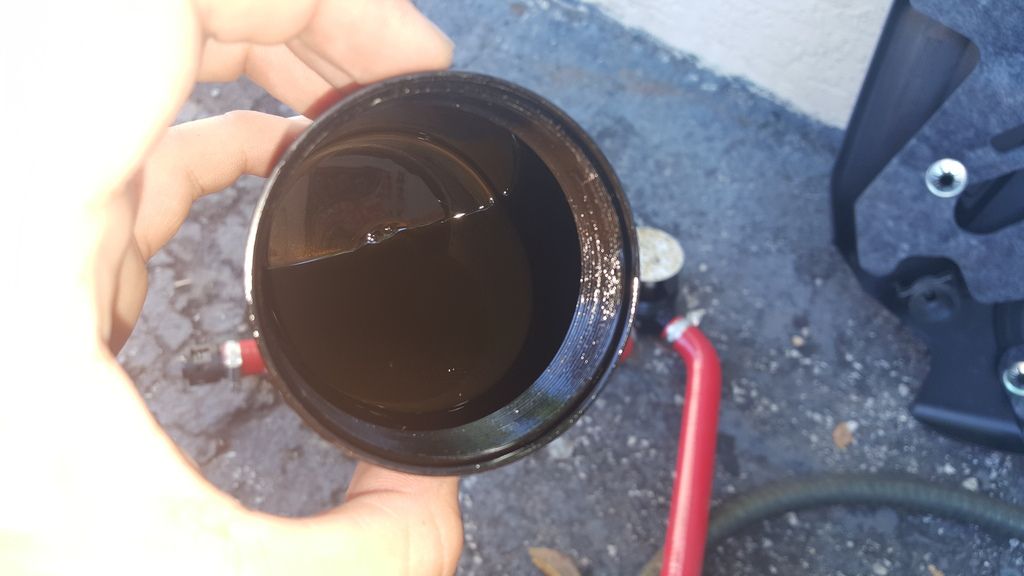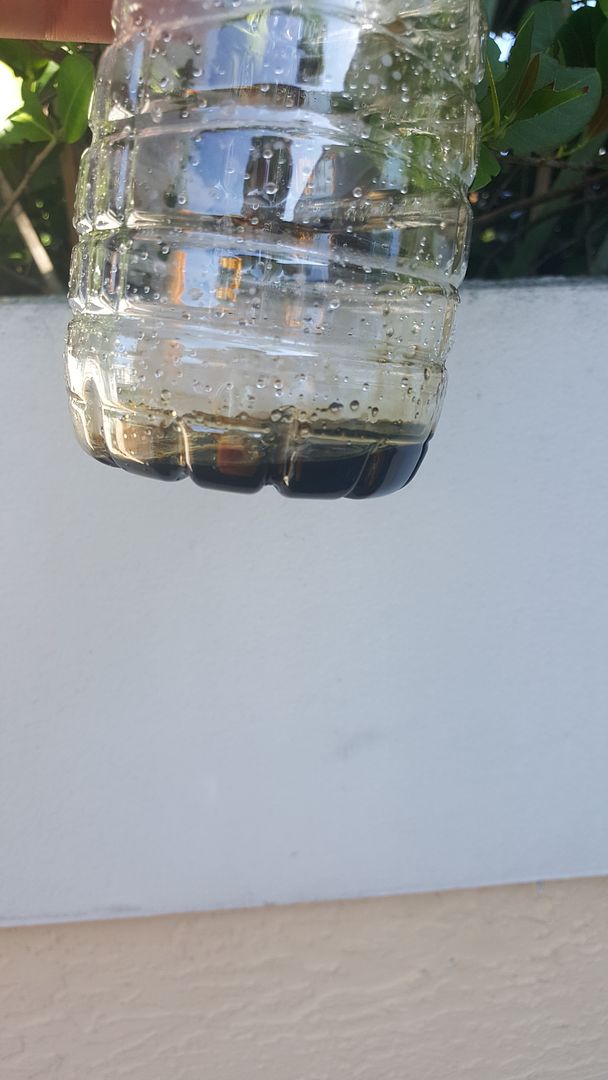I'm having a conversation with the service manager (who just happens to build and race 1600hp+ turbo drag cars) about building or installing an oil catch can for all the reasons we already know. His response made me think. He showed me the crank case vents on his drag car. They were basically hoses running from the crank case vent to a catch can with a filter. There was no return line providing any suction back into what little intake he had. His reasoning was that the crank case is already under pressure, especially on a boosted car and that oil vapors would come out on their own.
I'm considering the pros and cons of a similar setup for our cars. Vent hoses to canisters that vent to the atmosphere instead of recycling the vapor back through the air fuel mixture. I know it would be bad from an emissions standpoint, but let's be honest, we really don't care about emissions on these cars unless we live in states with annual inspections. Other than that detail, I can't think of any reason to run a catch can that vents back into the intake.
I would like a few other thoughts on this before I go head first into rigging this up. I may give it a go, and monitor the engine carefully and note any changes. It would certainly be cheaper than buying a $200 prefab catch can.
I'm considering the pros and cons of a similar setup for our cars. Vent hoses to canisters that vent to the atmosphere instead of recycling the vapor back through the air fuel mixture. I know it would be bad from an emissions standpoint, but let's be honest, we really don't care about emissions on these cars unless we live in states with annual inspections. Other than that detail, I can't think of any reason to run a catch can that vents back into the intake.
I would like a few other thoughts on this before I go head first into rigging this up. I may give it a go, and monitor the engine carefully and note any changes. It would certainly be cheaper than buying a $200 prefab catch can.


